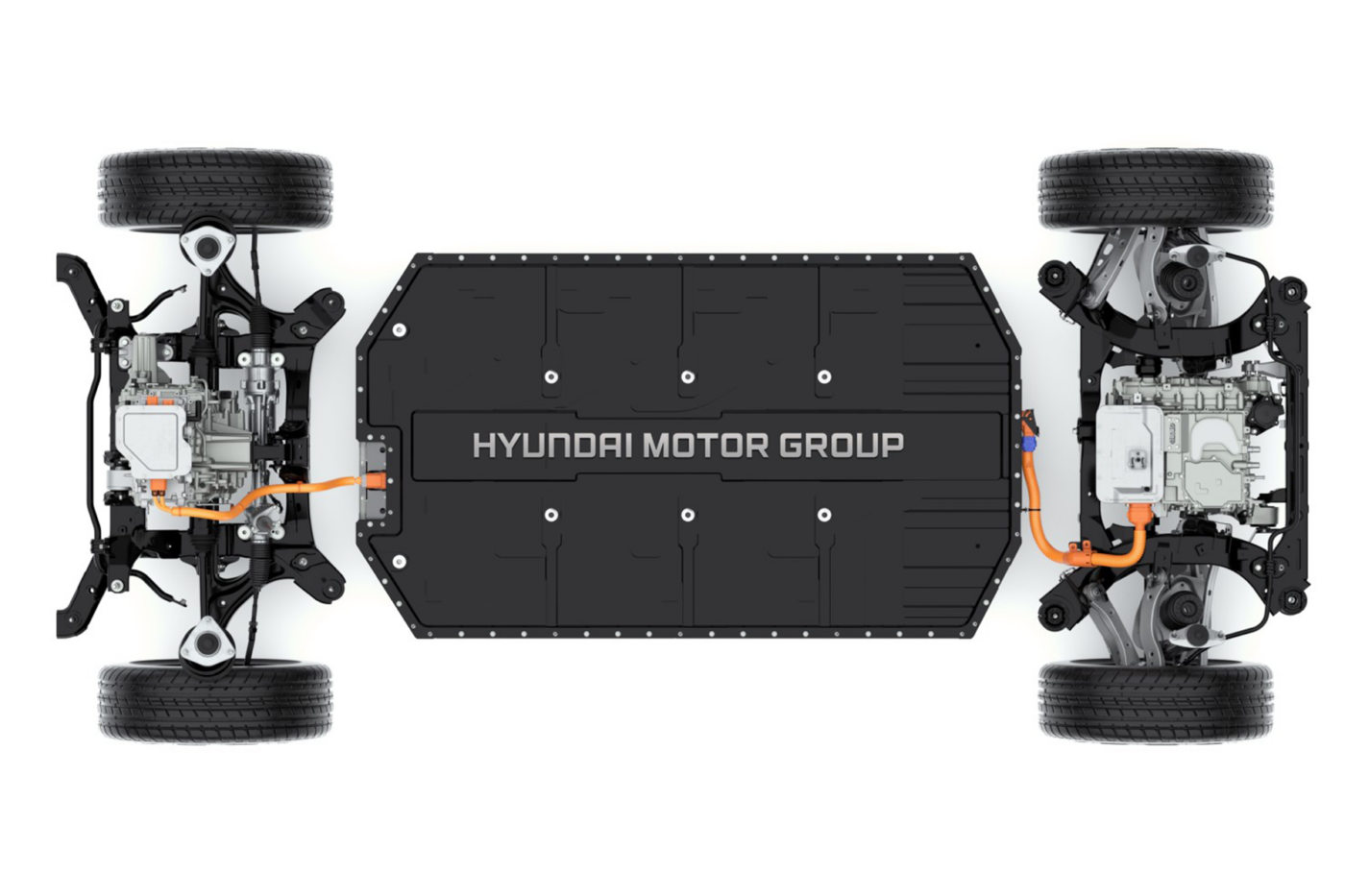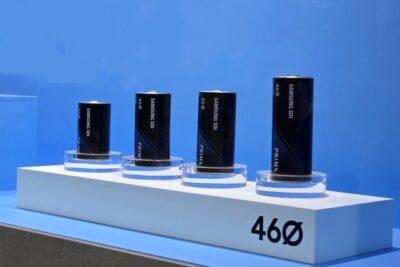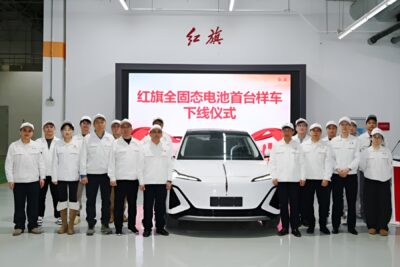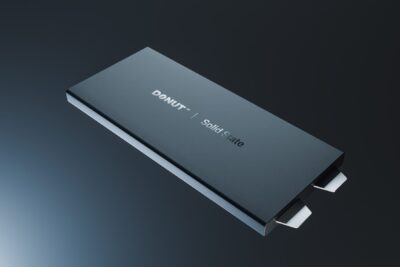Hyundai patents breakthrough for copper use in solid-state batteries
Hyundai is pursuing a major step forward in solid-state battery technology with a newly published patent application in the United States. The patent covers a method allowing copper to be used inside the cells of solid-state batteries. Traditionally, copper has been avoided in this environment because sulphides are corrosive, forcing manufacturers to rely on nickel or stainless steel.
The patent outlines the use of a protective coating applied over a copper anode current collector. This coating “could deliver significantly better adhesion, letting it stick together longer and have more durability,” while also maintaining capacity over more charge–discharge cycles. The layered design—copper collector, protective coating, anode, sulphide electrolyte, cathode, and terminal collector—allows copper to withstand the electrolyte without degrading. By reintroducing copper, the battery cell could benefit from its high conductivity and lower cost, while improving stability and internal performance in demanding EV applications.
The buffer is formed from a carbon sheet with oriented carbon materials, potentially vertically aligned carbon nanotubes, combined with lithiophilic metal particles such as silver, gold, or aluminium. As the patent specifies, the buffer layer “may have a porous structure” and maintain stability even when fully charged, helping to suppress lithium deposition at the edges of the anode and ensuring more uniform cycling.
Conventional lithium-ion batteries already rely on copper current collectors to transfer electrons effectively. Solid-state batteries had to rely on more expensive and less conductive materials. This limitation has long posed a cost and performance barrier for the latter.
If successful, the new technology could enable copper’s return as a cost-effective, high-conductivity material for solid-state cells, replacing stainless steel or nickel alloys currently required to resist corrosion. This would not only lower material costs but also enhance efficiency within the cell.
Solid-state batteries are widely viewed as a next-generation energy storage solution for EVs. In solid-state batteries, the liquid electrolyte is replaced with a solid material, enabling higher energy density, faster charging, and a lower risk of thermal runaway. Several manufacturers are working on the technology, though commercialisation timelines vary.
In January, the Hyundai Motor Group reported that it wanted to start pilot production line for solid-state batteries at its Uiwang Research Institute by the end of the month. The carmker has pursued several approaches to solid-state batteries in parallel, for example, through partnerships with specialised battery developers such as SES AI and Factorial Energy, but also through a research collaboration with Seoul National University (SNU), which is also working on solid-state batteries. Just last year, Hyundai filed for a patent for its solid-state battery technology, developed with Factorial Energy, in the US.
uspto.gov (patent; PDF), carbuzz.com





2 Comments